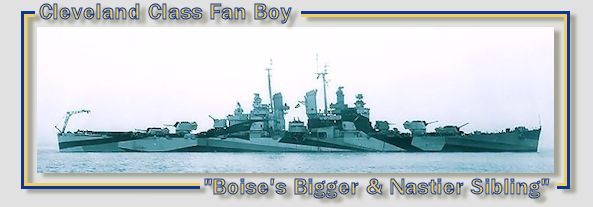Darwin, Australia
Almost two months after the start of the war the town of Darwin remained almost completely unprepared and undefended. Most women and children had been sent away the previous week by boat, but that was about the only step towards defense that had been taken. Emergency plans had been drawn up but had not been released. The Administrator of the Northern Territory, Charles Aubrey Abbott, whose residence was in Darwin, had ordered the plans shelved so as not to spread concern and panic.
Abbott was tall and handsome. He had been a soldier in World War I, where he had been wounded and risen to the rank of Captain. Since his appointment as Administrator in 1937 he had managed to alienate or offend most factions in the territory. His special feud, though, was with the "wharfies," the local dock workers.
To be fair to Abbott, it did not take much to get on the bad side of the wharfies. Mostly, one merely had to ask them to work to draw their ire. Despite the obvious emergency facing the region, personified by a flood of refugee ships and cargo from the Dutch East Indies, the wharfies not only failed to pick up the pace but went on repeated strikes. Many frantic ship captains had engaged in screaming rows with them in a desperate but futile effort to get their ships unloaded. The harbor at Darwin was crowded with over forty ships when the Japanese planes began to arrive on the morning of 31 January.
The first wave consisted of around thirty twin-engine "Nell" bombers, who unloaded their bombs along the waterfront. This was followed by two waves of strikes from the Japanese carriers. There was little defense. Shipping was attacked at will and over twenty ships were left sinking. The waterfront and town were heavily damaged and fires raged everywhere. Over 200 civilians died in the attack.
Administrator Abbott rose to the occasion by directing the military police to secure and pack his valuable collection of wine, sherry, and glassware and send it out of the danger zone. In the wake of the attack panic spread through the town, followed by looting. Most residents believed the air raid to be a prelude to invasion and soon the only road into the interior was crowded with refugees, their vehicles raising blinding clouds of red dust. Darwin had no phone service and the only telegraph cable was severed in the attack; in the leadership vacuum that followed many RAAF men also pulled out and followed the civilians. The rout out of Darwin would come to be known in local lore as the "Adelaide River Stakes."
There were many examples of heroism during the attack, on shore and at sea. Men risked their lives repeatedly to rescue the crews of stricken and sinking ships and to battle the fires ashore. But these tales, like the other details of the attack, were destined to go unremarked. When Abbott's report would finally get through to Canberra the Australian government would decide to suppress it; as far as the rest of Australia was to know for some time the Japanese attack had been a nuisance raid that caused little damage and few deaths.
***
Darwin burns following the Japanese attack:






 [/center]
[/center]



